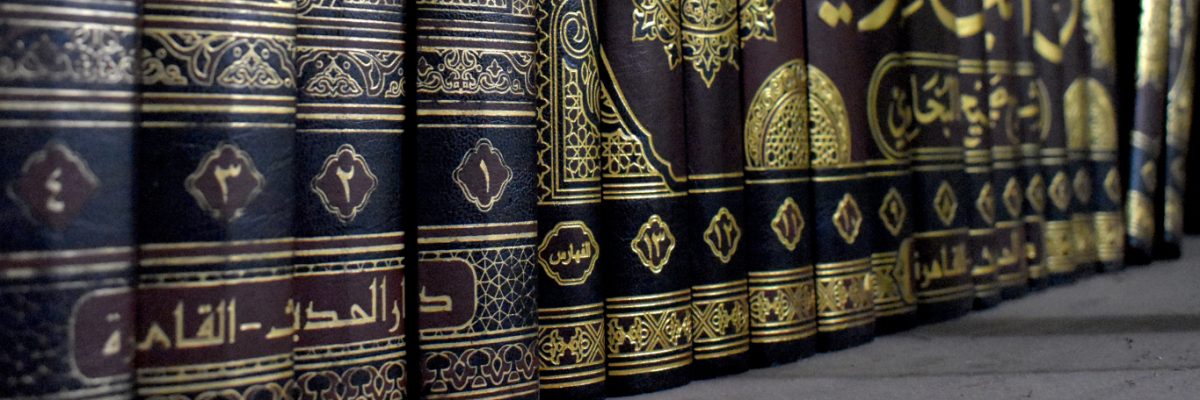Hanafi proofs for blood breaking wudhu
In the name of Allah, the most Beneficent, the most Merciful.
Answer
According to Imam Abu Hanifah (RA), the flowing of blood will break the wudhu. However, according to Imam Shafi (RA) & Imam Malik (RA) the W
wudhu will remain intact. (Dars Tirmizi p.316 v.1)
The Hanafi evidence for wudhu to break is the following passage, which can be found in the Muwatta of Imam Muhammad (RA).
- Malik informed us: “Nafi narrated to us that when Saaiduna Ibn Umar Radiallahu Anhu had a nosebleed (during the prayer), he would, without speaking, leave, do wudhu, return and continue his prayer from where he had left off.”
- Malik informed us: “Yazid Ibn Abdullah Ibn Qusayt narrated to us that he saw Said Ibn Musayb (RA) having a nosebleed whilst he was praying, so he came to the room of Saaidah Umm Salamah Radiallahu Anha and a bowl of water was brought to him. He performed wudhu, then returned and continued his prayer from where he left off.”
- Malik informed us: Yahya ibn Said informed us that Said ibn al-Musayab (RA) was asked about how someone who has a nosebleed should pray where the bleeding has become profuse. He said, “In the prayer he should perform its movements with his head only.”
- Malik informed us: “Abd ar-Rahman ibn al-Mujabbar ibn Abn Abd ar-Rahman ibn Umar ibn al-Khatatab informed us that he saw Salim Ibn Abdullah Ibn Umar put his finger, or two fingers, into his nose, then take them out with blood on them, pinch his nose and then pray without doing wudhu.”
Imam Muhammad (RA) has said: “We confirm to all of this. As for nosebleeds, Malik ibn Anas did not adhere to that and thought that when a man got a nosebleed in his prayer, he should wash the blood (away) and begin the prayer again. As for Imam Abu Hanifah (RA), he based his view on what Malik narrated from Saaiduna Ibn Umar Radiallahu Anhu and Said Ibn Musayab (RA) that he should go, do wudhu, then continue from where he had left off if he has not spoken; and that is our verdict. As for the case where the nosebleed is such that when praying with head movements only, there is no bleeding, but when prostrating it bleeds, he should use his head movements only, that being sufficient to discharge the prayer. However, if he bleeds no matter what his position, then he should prostrate. And as for the instance where a finger is placed in the nose and is removed with blood on it, this does not necessitate wudhu, since it (the blood) is neither running, nor dripping. Doing wudhu becomes necessary only for that blood which runs or drips. And that is the verdict of Imam Abu Hanifah (RA). (Extracted from Imam Muhammad’s Muwatta p.62 – p.63)
The Marfoo hadith narrated by Ibn Addi, which he has mentioned in Al kamil on the authority of Zaid through Marfoo chains that ” Wudhu’ is (required) from every flowing blood” (Muwatta Imam Muhammad p.89 & Nasbur Rayah p.37 v.1)
Only Allah Knows Best
Mohammed Tosir Miah
Darul Ifta Birmingham

